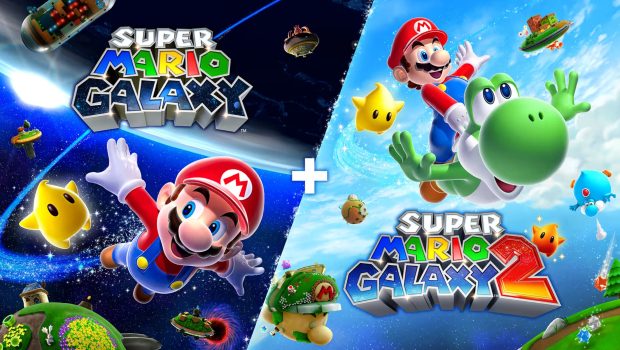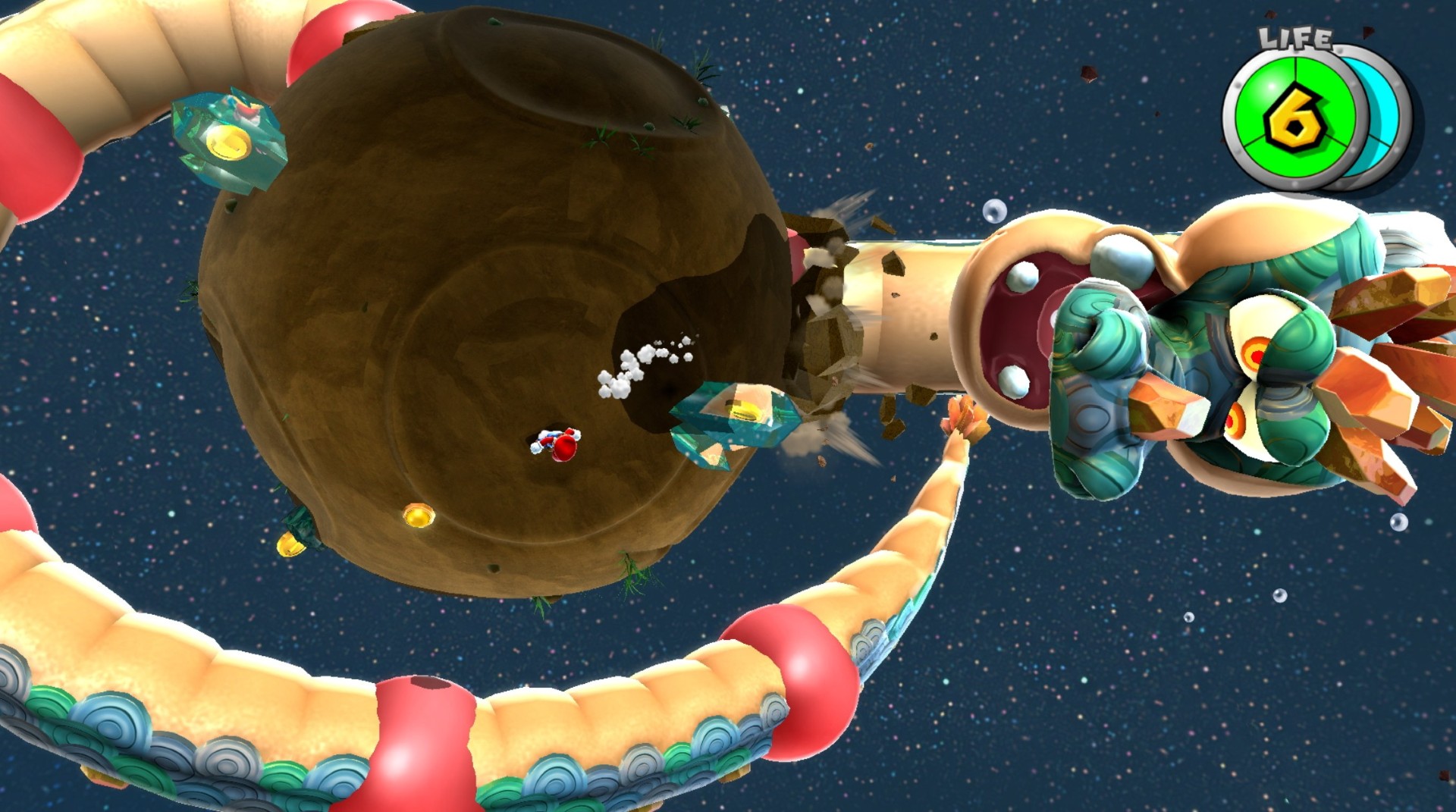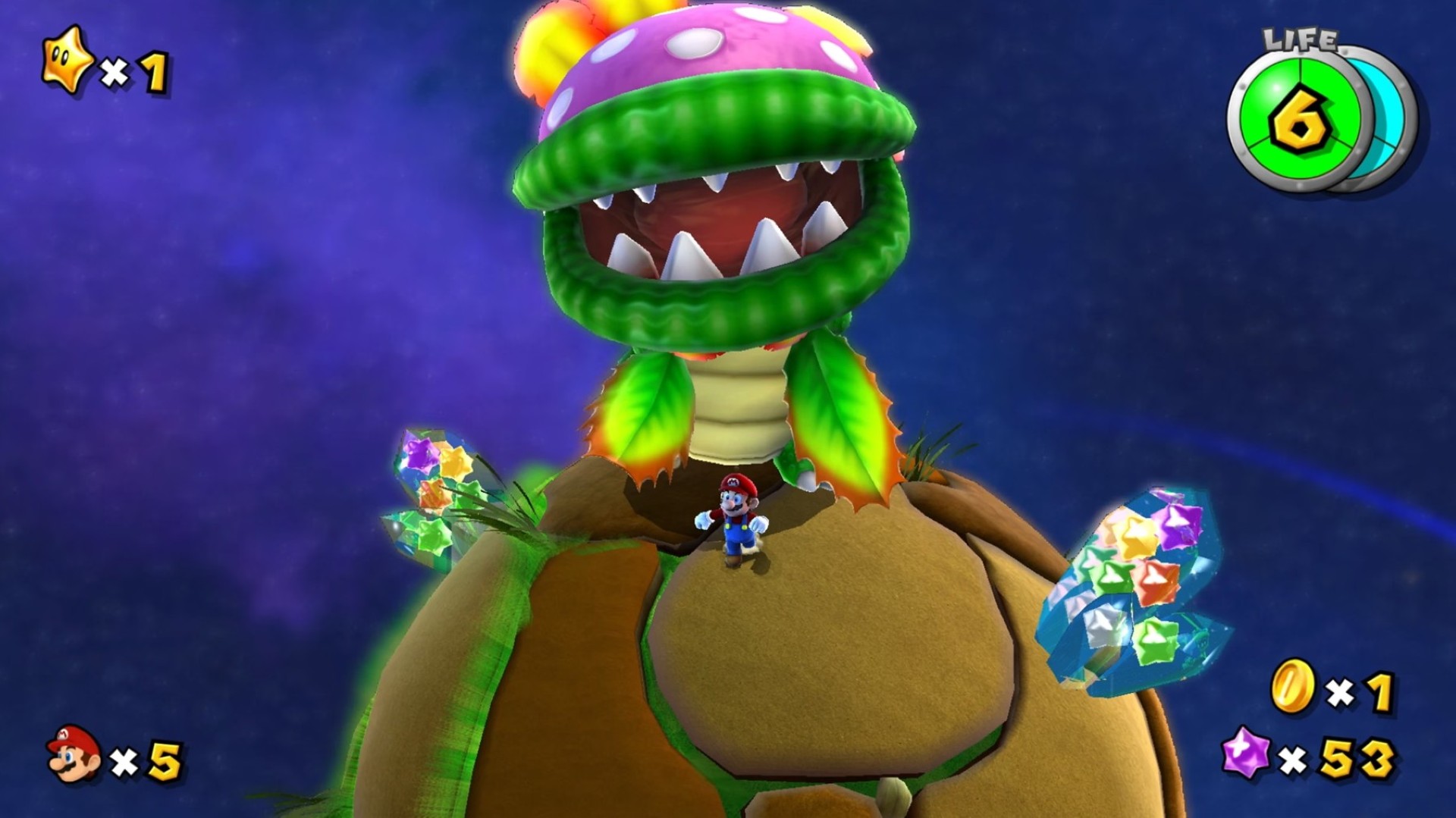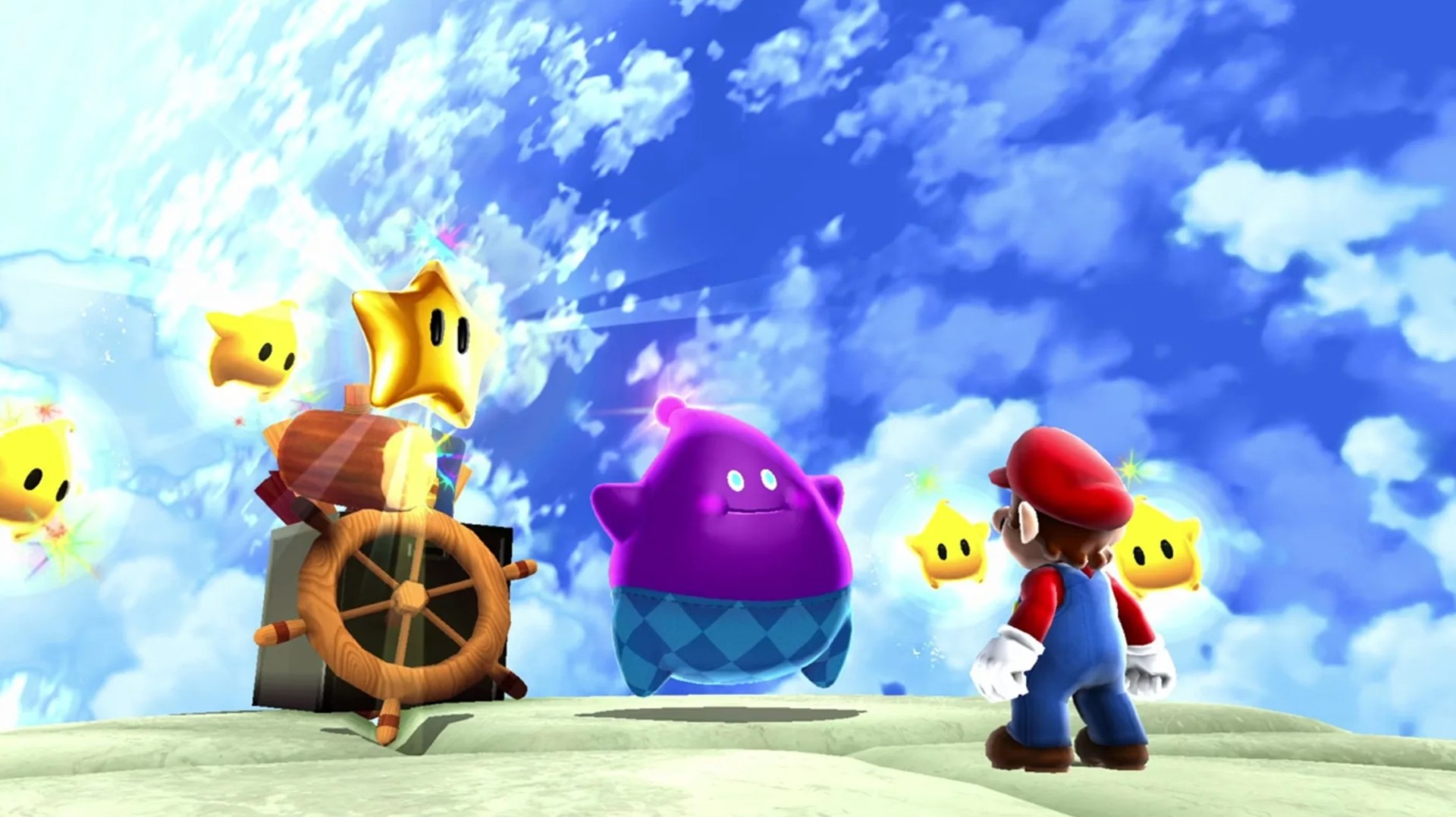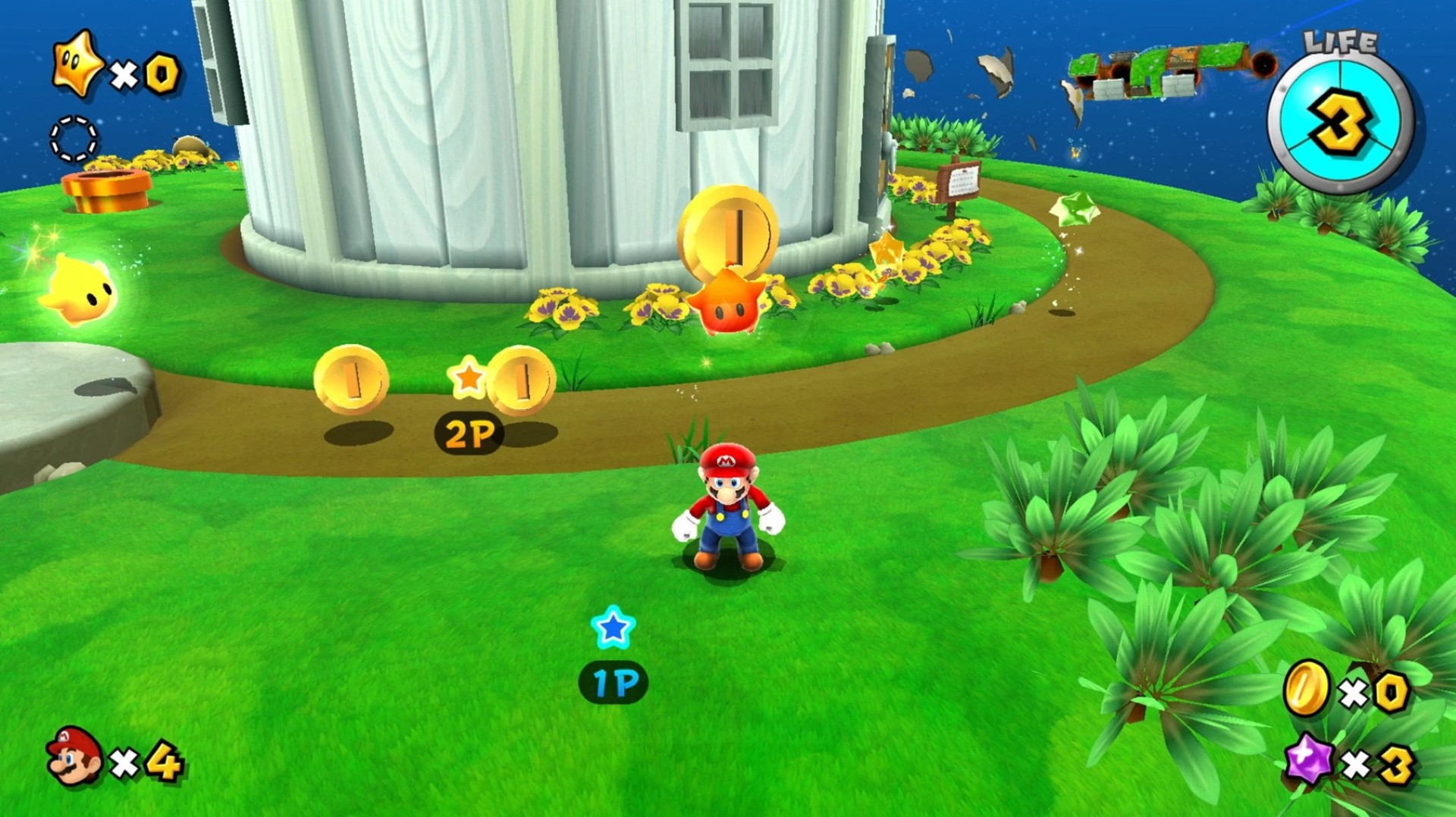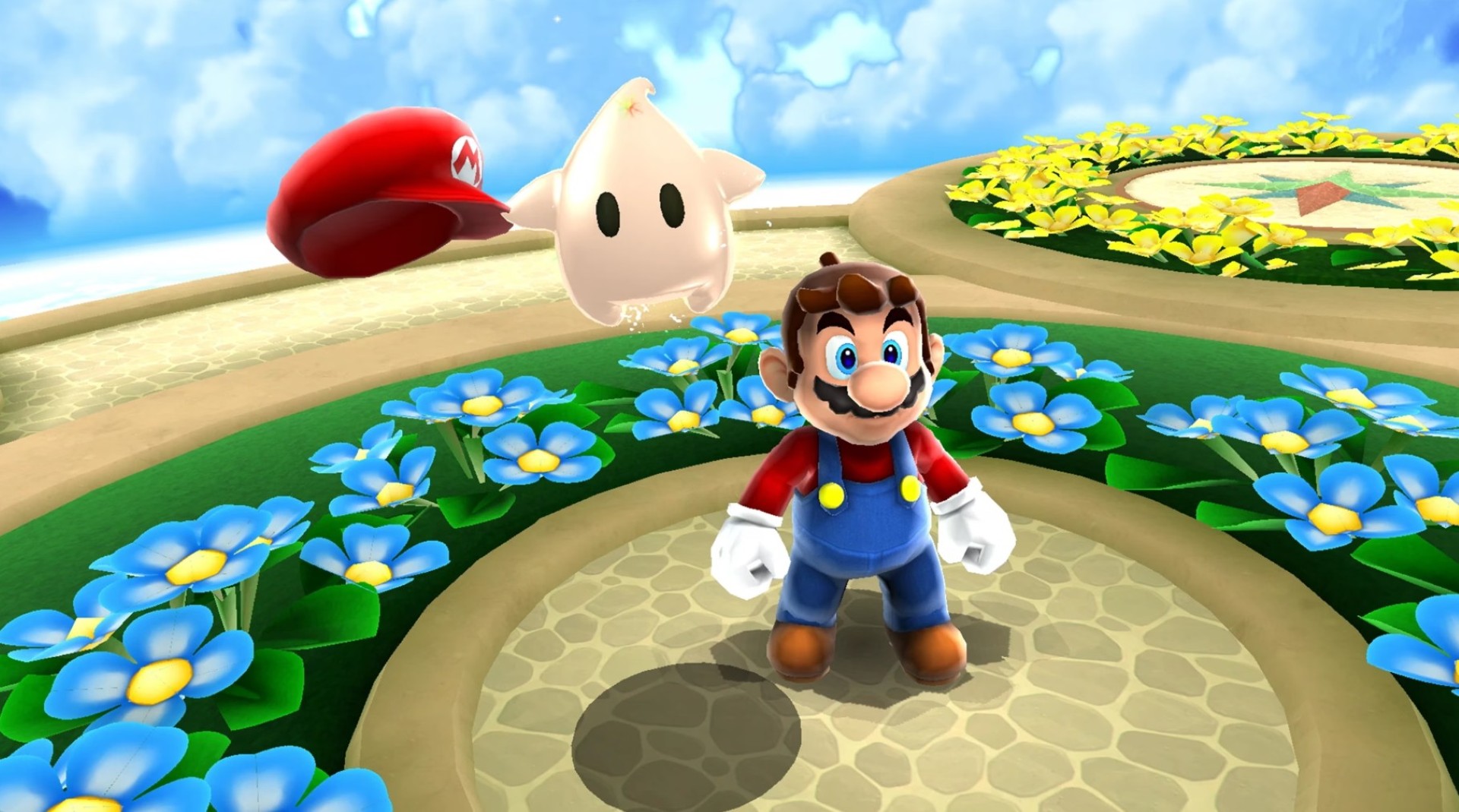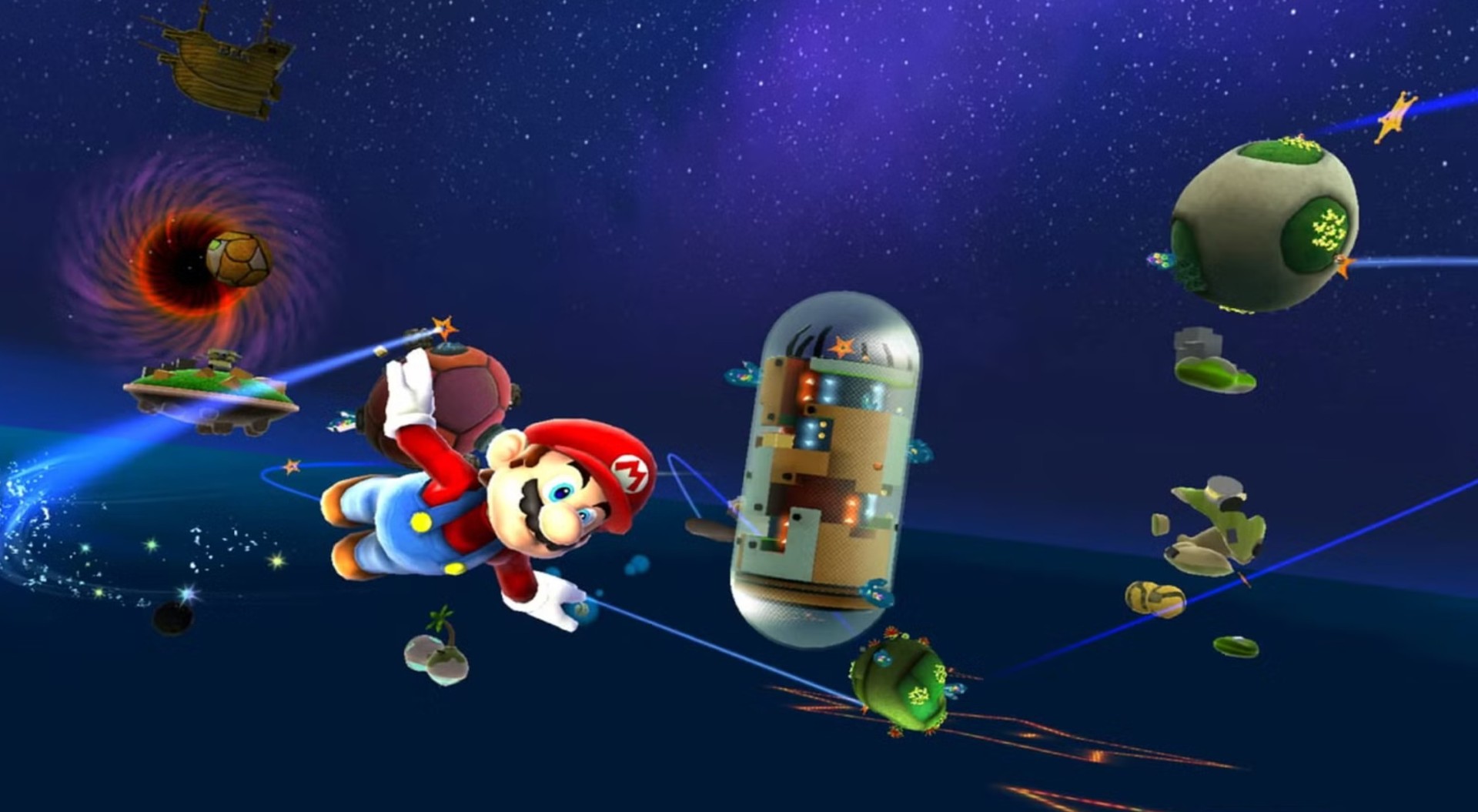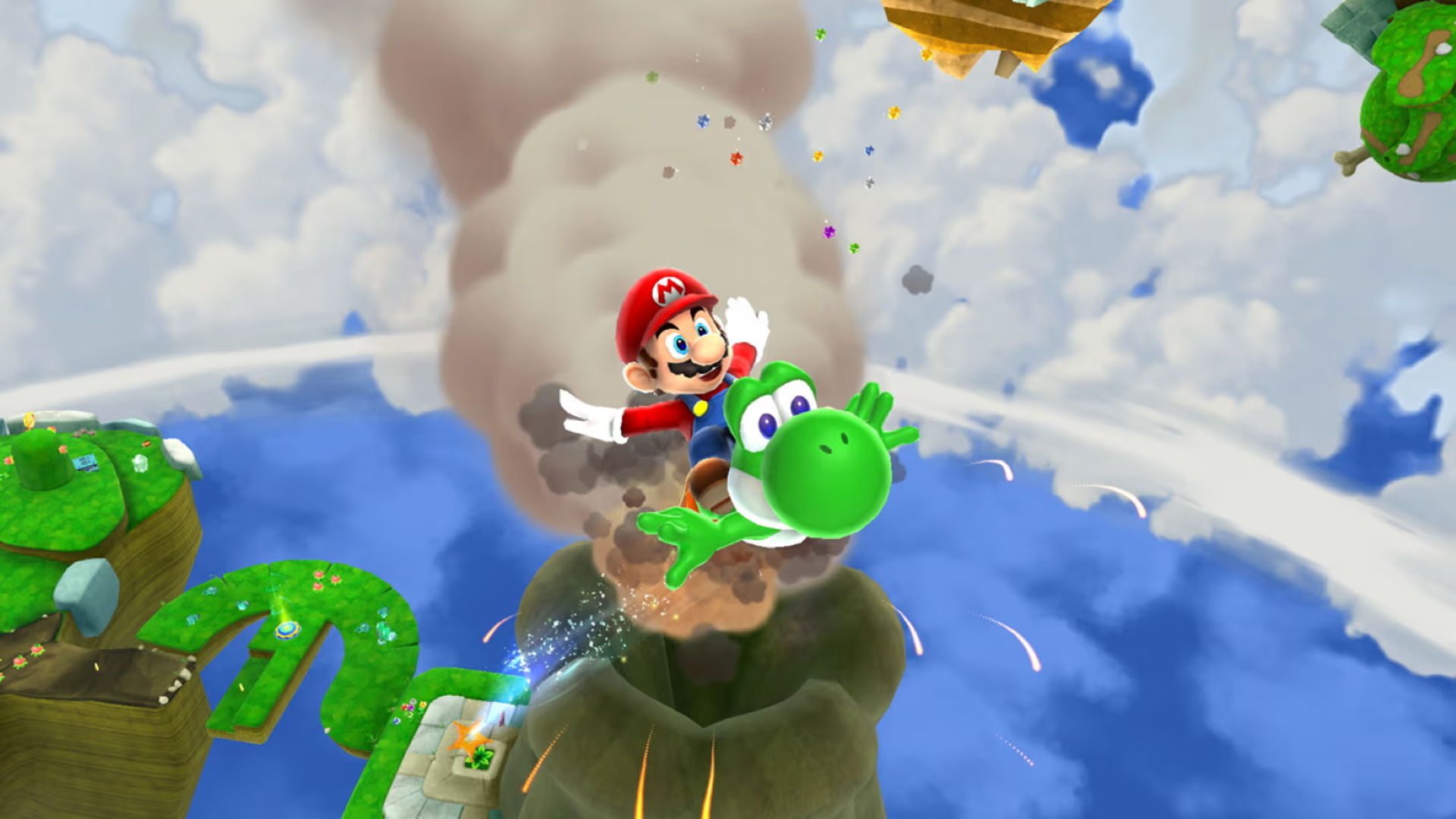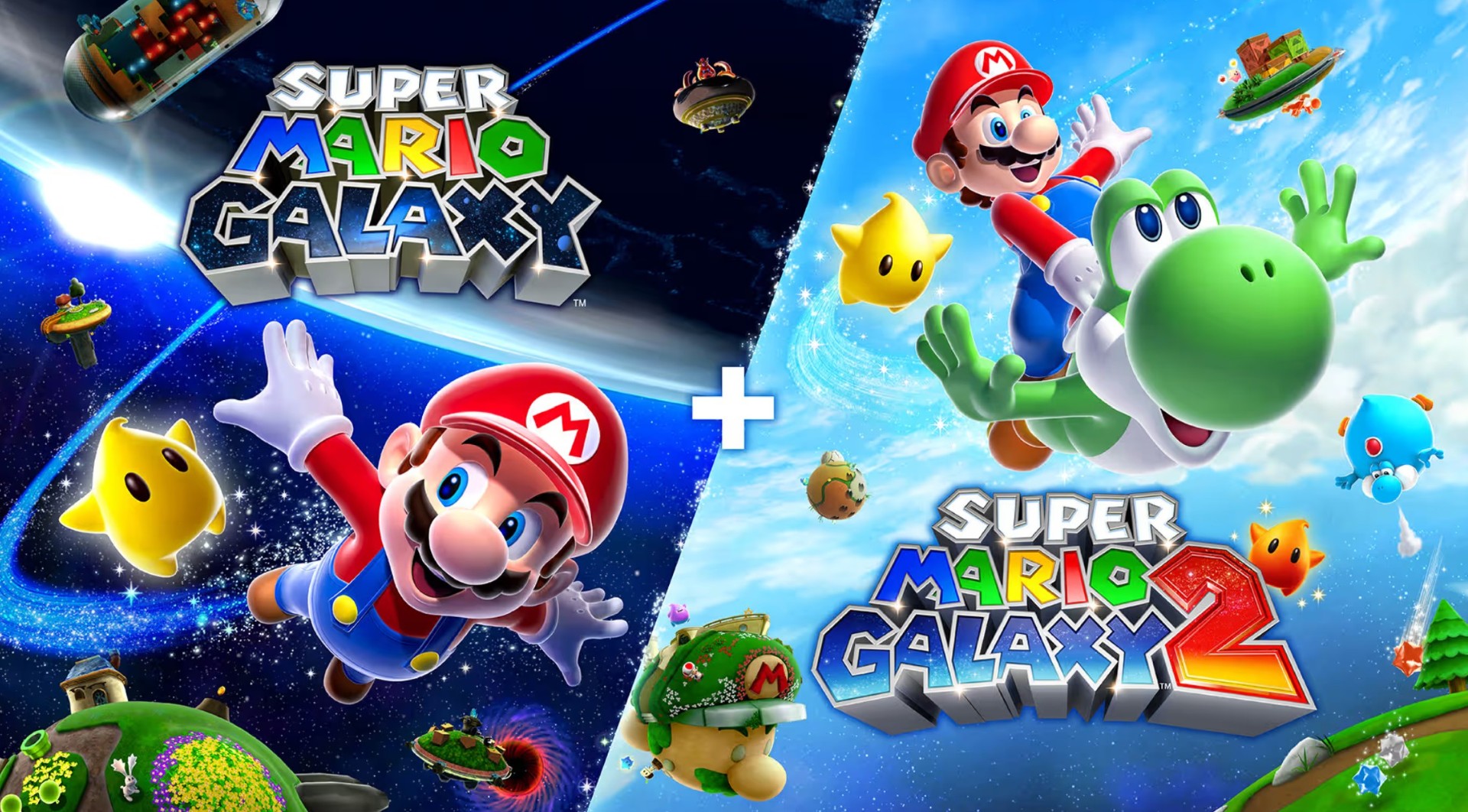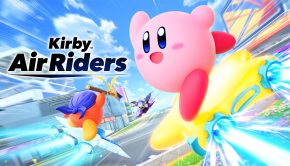Super Mario Galaxy + Super Mario Galaxy 2 Review (NS2)
Summary: Super Mario Galaxy + Super Mario Galaxy 2 celebrates two of Nintendo's most innovative games and returns them to the modern world of gaming with pure fun!
4.5
Bee Mario
Everything old is new again (Jonathan Swift) … and that’s exactly how the new Nintendo Switch 2 release of Super Mario Galaxy and Super Mario Galaxy 2 feels. Also available on the original Switch, these are faithful remasters at their core, yet they introduce sharper visuals, smoother performance, and thoughtful tweaks that make them feel right at home on modern hardware. On Switch 2 in particular, they shine with native 4K resolution and 60 frames per second, making them the definitive way to experience two of Nintendo’s most inventive 3D platformers.
.
Groundbreaking in 2007, the original Galaxy delivered gravity-defying level design and a memorable orchestral soundtrack, while the 2010 sequel expanded the formula with Yoshi, new power-ups like Rock Mario, and a streamlined level map. On Switch 2, both games benefit from crisp HD textures, re-rendered cutscenes, and improved lighting that highlights the artistry of the Wii-era designs.
The addition of an Assist Mode makes them more approachable for newcomers by offering extra health and forgiving checkpoints, while gyro aiming and pointer controls have been refined to feel natural on Joy-Cons or the Pro Controller. This makes the games feel more modern in execution. Best of all, these classics are fully playable in handheld mode, which is a joy in itself.
One of the most notable updates is the implementation of touch screen controls. The classic Wii Remote pointing mechanic has been translated to the Switch’s touch screen, allowing players to tap and swipe to gather Star Bits or activate environmental elements. For those who prefer not to use touch, gyro aiming with Joy-Cons or the Pro Controller provides a smooth alternative, and the system smartly lets you mix and match between touch and motion depending on your play style. This flexibility makes the games far more comfortable in handheld mode than the Super Mario 3D All-Stars version of Galaxy, which relied exclusively on touch input. All control options work seamlessly on Switch 2, and the gameplay in both titles remains thoroughly enjoyable.
For those who prefer not to use touch, gyro aiming with Joy-Cons or the Pro Controller provides a smooth alternative, and the system smartly lets you mix and match between touch and motion depending on your play style. This flexibility makes the games far more comfortable in handheld mode than the Super Mario 3D All-Stars version of Galaxy, which relied exclusively on touch input. All control options work seamlessly on Switch 2, and the gameplay in both titles remains thoroughly enjoyable.
The differences between the two titles also stand out more clearly in these remasters. The first Galaxy leans into atmosphere and exploration, with Rosalina’s Comet Observatory and its storybook lending a sense of grandeur and melancholy. Galaxy 2, by contrast, trims away much of that narrative framing and instead focuses on pure platforming brilliance, with a streamlined starship hub and a constant barrage of inventive challenges. Yoshi’s inclusion and new power-ups keep the pace brisk, making it feel like a tighter, more gameplay-driven experience. Together, they complement each other beautifully, feeling less like nostalgic reissues and more like a celebration of two of Nintendo’s most daring experiments in 3D platforming.
Graphically, these games were stellar back in the day, and the art direction still holds up. The Switch 2 hardware allows both games to run in native 4K while docked and 1080p in handheld mode, all at a locked 60fps. This makes the gravity-bending traversal feel smoother and more responsive than on the original Wii or even the earlier Super Mario 3D All-Stars collection. Textures are sharper, cutscenes have been fully re-rendered rather than upscaled, and the overall presentation feels closer to a modern release than a simple port.
Playing on Switch 2 highlights just how timeless the design of these games is, as the improved fidelity makes small details—like starfields, planetary surfaces, and Mario’s animations—pop in ways that were impossible before. There is one lingering issue: the games still retain a restricted camera system (with no true free control), which can lead to awkward angles where enemies or hazards are partially obscured and, at times, precision problems. However, once you adjust to this relic of Wii-era design, it doesn’t really diminish the fun factor.
Final Thoughts?
In the end, these releases are not just remasters but definitive editions that highlight how timeless Mario’s cosmic adventures truly are. They remind us that great game design transcends hardware generations, and they prove that even nearly two decades later, few platformers can match the creativity, polish, and sheer joy of Super Mario Galaxy. For longtime fans, this is the ultimate way to revisit two masterpieces, and for newcomers, it is the perfect entry point into one of the most imaginative chapters in Mario’s history.


